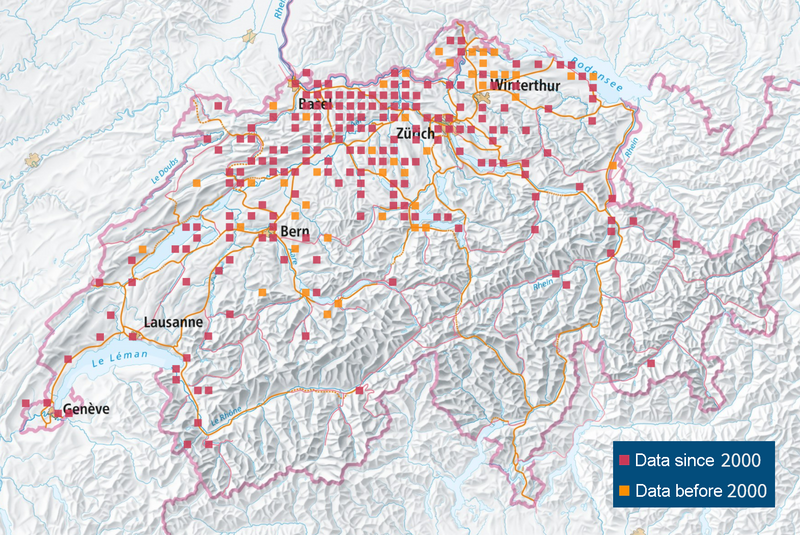
Fig. 1: Raccoon (Procyon lotor). Photo: smithy/pixelio.de
In Swiss Zoos and animal parks it is one of the main attractions: the North American raccoon. The Indians originally called it Aroughoun "He whoscratches with his hands." In Switzerland the raccoon was first spotted in the Canton of Schaffhausen in 1976. This funny nocturnal animal with its characteristic face markings, black and white ringed tail and its nimble clawed paws has crept into Switzerland practically unnoticed. Since 2003 it has also colonised the banks of Lake Geneva.
Successful reproduction
The first raccoons to migrate to northern Switzerland have obviously reproduced successfully; otherwise further examples would not have appeared in the Cantons of Solothurn, Basel-Land, Thurgau, Schaffhausen, Aargau, Bern and Zurich. The cat sized prey grabbers seem to like life in Switzerland. The raccoon has hardly any natural enemies here and it is very adaptable. Raccoon hunting is permitted all year round, because it is feared that the intruder will contest the habitat of other species.
Imported for fur
The first raccoons were introduced to Germany around 100 years ago for the purpose of fur farming. They then made the leap into the wild in Central Europe in 1934. Due to their high fertility, they have multiplied greatly over the years. It is estimated that well over one million raccoons live in Germany alone today (2025)(1), despite the fact that around 200,000 raccoons are shot there every year(2).
Love of animals has its limits
These animals which are native to North America are very well liked. However, many inhabitants of Kassel, Hanover, Hamburg or Berlin now have quite large problems due to the short flight distance and the adaptability of these titbit eaters. First they feed the raccoons with tasty fruit and leftovers. Then when they are nearly tame and more and more of them appear, they are impossible to get rid of. They nest in the rafters of the houses and romp around to the dozen. They then establish penetrant, stinking toilets in the loft. When on top of this they dig out holes in the rafters and brickwork until the plaster crumbles onto the heads of the people living there, then suddenly it is over with the love of animals.
Raccoon databank
Luckily things have not reached such extremes in Switzerland. Although the federal hunting statistics do not show any population figures for the raccoon, they do show the number of animals shot and killed by non-hunting activities. Shooting figures have increased sharply at a low level since 2020. In 2023, 44 raccoons were shot, 35 of them in the canton of Baselland.
The distribution map of the National Data and Information Centre for Swiss Fauna (info fauna) in Neuchâtel also indicates a steady increase in raccoons. The map shows that the raccoon has already spread across almost the entire northern side of the Alps, particularly along rivers and lakes (Fig. 2)

Fig. 2: Raccoon spread (Procyon lotor) in Switzerland as of 16.01.2025. Copyright info fauna Neuchâtel
Conclusion
Few people have seen the shy raccoon in Switzerland, even though it has found a new home in the mixed deciduous forests near rivers. In Switzerland too, the authorities are trying to keep the population of the non-native small bear from the familiy of the procyonids low in order to limit the ecological and economic damage caused by this invasive species(3).

